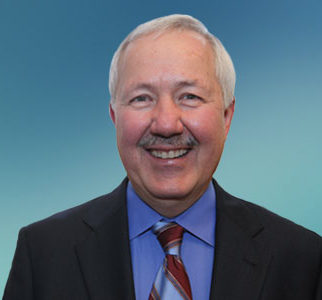
Leadership Style Varies in Terms of Effectiveness

John V. Jazylo • NOVEMBER 2018
When studying effective leaders, one consistent theme emerges — people are complex and varied. There is no one effective leadership style. One individual may be effective in one situation and ineffective when placed in another. The situations can vary based on internal factors such as follower characteristics, organizational culture, organizational structure and the pressures on the work group to perform. External factors also play a role. Factors such as market position, competition faced, and stage of company development all can have a significant impact on the leadership style required. I have found that regardless of the situation, effective leaders understand their strengths and weaknesses in addition to leveraging their strengths and compensating for weaknesses. I have also found that exceptionally effective leaders go one step further; they use their insights into people to tap the unique set of needs and motives required to drive high performance of those with whom they work.
All leaders bring innate traits, talents, learned skills, and unique experiences to each organizational situation. Skills and experiences help build each person’s beliefs, values, and attitudes which ultimately shape work style behavior. Effective leaders know themselves and which situations call for what characteristics. They also recognize when a situation calls for characteristics they don’t have. Where they can leverage complementary characteristics in other members of their team, they are successful; where these complementary characteristics are not anywhere to be found, they wisely take a different direction.
In addition to skilled individuals, it is important for an organization to have people who have differing strengths and leadership styles. In other words, in certain organizational situations, some people will be more effective than others based on their individual leadership styles. In another situation, other people will be most effective based on a different leadership style. Therefore, if all the people in a work group have homogeneous leadership styles, some situations will not go well because the necessary leadership style is not available to be utilized. Complexity and diversity among individual members make strong teams. Individuals bring their own set of traits, skills and experiences and, hence, make their own unique contributions to a team. Visioning, strategizing, planning and problem solving are then accomplished from a variety of perspectives creating richer and fuller results.

